Hi
I need some help!
All my tetras are distressed. I noticed some white spots on them and my 2 plattys so I treated with a fungus treatment which has now finished. The tetras seem worse.
Im starting to think this is neon tetra disease if it is, is there anything I can do, or is it better to euthanise them ? One has completely lost its dorsal fin and one of its pectoral fins. Another has a slight growth under its mouth and a lesion on its body.
What should I do ?
I need some help!
All my tetras are distressed. I noticed some white spots on them and my 2 plattys so I treated with a fungus treatment which has now finished. The tetras seem worse.
Im starting to think this is neon tetra disease if it is, is there anything I can do, or is it better to euthanise them ? One has completely lost its dorsal fin and one of its pectoral fins. Another has a slight growth under its mouth and a lesion on its body.
What should I do ?
Attachments
-
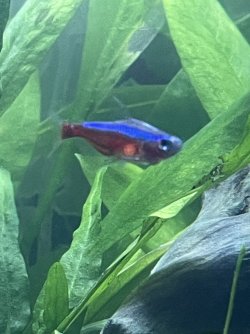 CC89ACE3-ACD6-4521-BA40-7F5F0FBC8A39.jpeg234.7 KB · Views: 1,432
CC89ACE3-ACD6-4521-BA40-7F5F0FBC8A39.jpeg234.7 KB · Views: 1,432 -
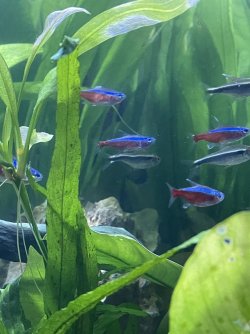 1C64D9C2-5C58-46CE-A103-E71C37534E44.jpeg271.1 KB · Views: 72
1C64D9C2-5C58-46CE-A103-E71C37534E44.jpeg271.1 KB · Views: 72 -
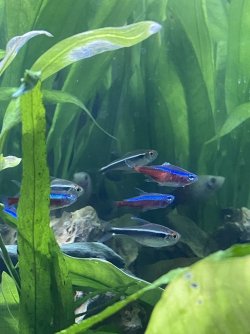 0602DB98-F665-4A82-AC38-3A0A6FF6AE45.jpeg250.4 KB · Views: 83
0602DB98-F665-4A82-AC38-3A0A6FF6AE45.jpeg250.4 KB · Views: 83 -
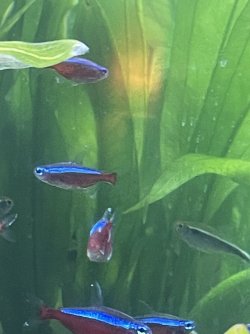 C0970C1B-F323-410C-A74C-160932D505E6.jpeg200.6 KB · Views: 83
C0970C1B-F323-410C-A74C-160932D505E6.jpeg200.6 KB · Views: 83 -
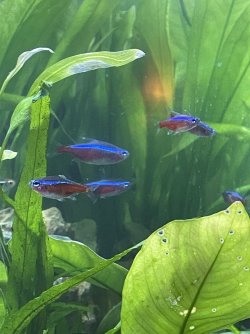 0B71BD5F-BFC1-42F2-BBE5-F9F3C2CDD580.jpeg253.4 KB · Views: 113
0B71BD5F-BFC1-42F2-BBE5-F9F3C2CDD580.jpeg253.4 KB · Views: 113

